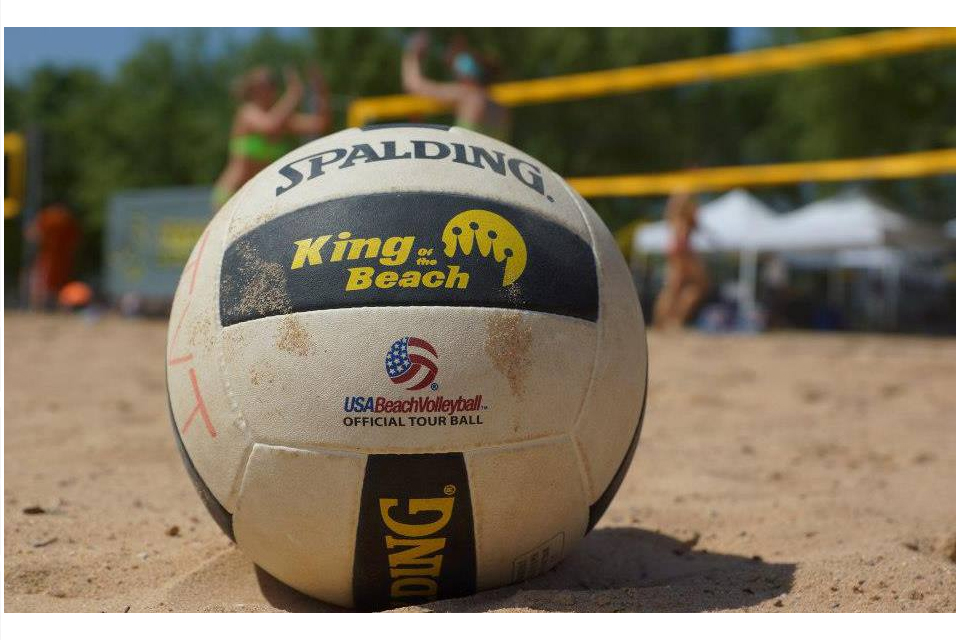Sand vs. Indoor Volleyball: The Same, But Different

The common word is "volleyball," which someone best explained to me as a simple game with a ball and a net. The "different" part comes into play when you examine more closely and identify that sand volleyball and indoor volleyball are, in fact, different sports. The commonalities most easily seen by the average spectator are the skills such as passing, setting, hitting, blocking, and serving. The other major similarity is the scoring system, in which a best out of three or five games is used (similar to tennis).
Now—on to the reasons why the two games are classified as different sports, and rightfully should be that way. The most obvious is that sand volleyball is played with only two people on each team, in comparison with the six that play at one time in indoor volleyball. With this in mind, all sand volleyball players have to be able to do all skills well, whereas indoor players can be substituted in for one point to do one specific skill. This is often the biggest hurdle for indoor players to conquer when making the transition to the sand.
In discussing skills of the game, another notable difference between the two sports is the rules. In general, sand volleyball has a more strict view on what is acceptable when it comes to each skill. The simplest example that comes to mind? When receiving a serve indoors, it is very common for players to set the ball instead of using their platform to pass. This is an illegal contact when receiving the serve in the sand. Instead, the player would have to move his or her feet and take a step back to use the platform to pass the ball.
Now, lets look at a couple of components of sand volleyball that are completely different from those of indoor volleyball.
Strategy
Indoor volleyball strategy is very much based on speed and power. Of course, defense and passing are a key element, but all else being equal, the team that is faster, taller, and has a more explosive offense is going to have the upper hand. In comparison, sand volleyball strategy is just the opposite. Do people still hit hard and jump high? Sure. But, it is more of a game of control and ball movement. My mom says it best when she simply cheers, “Hit it where they’re not!” Unless your opponents are Olympians, there should always be an open spot on the court to score on, and, more often than not, a straight down hit is not what is needed. The trick is putting yourself in the position on your own side to successfully hit to that open spot. Depending on whom you are talking to, the strategy for sand volleyball could be argued easier or harder to accomplish than its indoor counterpart. Yes, it is a "simpler" game…but is it? I guess it depends on whom you ask. I would argue that sand volleyball players have to know how to think for themselves to put themselves in situations to win instead of relying on speed, power, and athleticism.
Weather
When playing sand volleyball, weather conditions are often a huge consideration. These conditions can be anything from a gusty wind, blazing hot Texas temperatures, or the sun sitting just at the right angle to distract the opponent. None of these components are present during an indoor volleyball match, giving neither side of the net an advantage. The most difficult condition for sand players to handle is often the wind. The team that has the best ball control and uses the wind to their advantage is going to be more successful.
So, you see, indoor and sand volleyball are the same—but different. Both are a simple team sport with a ball and net but, unlike indoor, sand volleyball requires a versatile skill set, adaption to weather, and the use of the mind more than speed and power. Austin is fortunate to have both a great indoor and sand volleyball scene. Although there is no real beach, there is plenty of sand to go around, and a great array of talent of all ages and levels. You can find indoor courts in all parts of town, and there are a number of leagues catering to all levels of interest.






